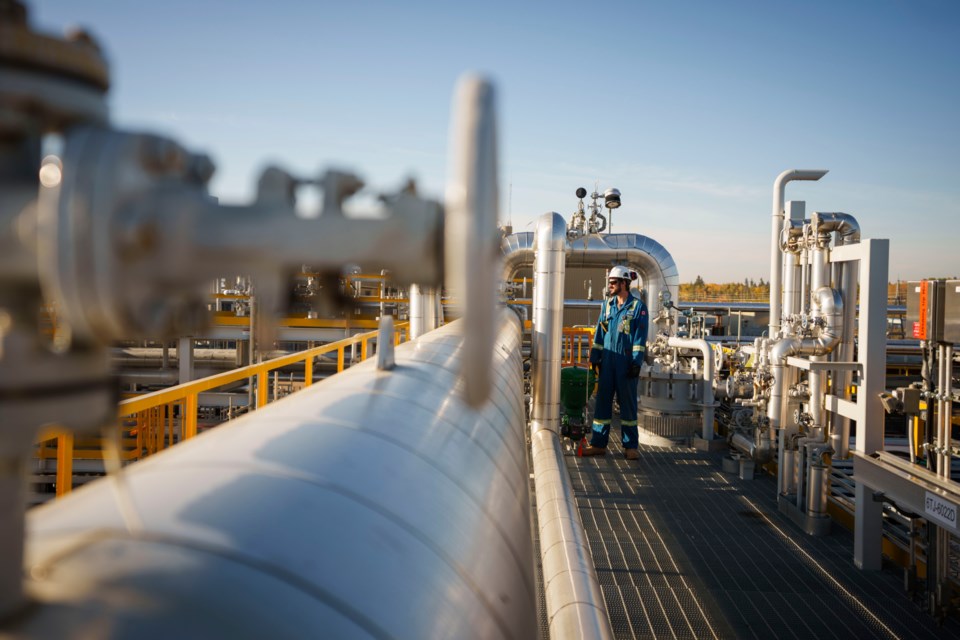Imperial Oil’s Grand Rapids oil sands project has started implementing a new technology that expects to reduce greenhouse gas emissions by 40 per cent.
Imperial’s Lisa Schmidt says, “We’ve been working on technology to continue to help reduce the greenhouse emissions intensity at our operations, particularly in Cold Lake.”
Schmidt explains that Cold Lake’s oil deposits are quite deep underground and involve a method of extraction that uses steam to soften the oil deposits until they are viscose enough to extract.
In order to reduce the amount of steam used, a lighter oil mixed with steam is used to recover oil from underground deposits. This technology is called solvent-assisted, steam-assisted gravity drainage, or SA-SAGD.
This new technology developed and piloted by Imperial oil has been launched in Cold Lake for the first time in the industry.
Brad Corson, chairman, president and chief executive officer states, “At Cold Lake, we are working to transition approximately 40 per cent of production to lower emission technology by 2030. I want to commend the teams that have safely brought this project to production more than a year ahead of the original schedule.”
According to information from Imperial Oil, through the company's implementation of SA-SAGD in Cold Lake, facility efficiency improvements, and the use of carbon capture and storage, Imperial anticipates a 30 per cent reduction in scope 1 and 2 greenhouse gas emissions intensity of its operated oil sands facilities, compared to 2016 levels.
These efforts are in support of Canada’s net zero goals.
Imperial reminds people to understand these “forward-looking statements” as goals. Imperial is not held to their sustainability goals in cases of unforeseen circumstances.
According to the Imperial website, “The oil was too deep to extract, and in situ technology didn’t exist when we purchased the Cold Lake leases more than five decades ago. But we believed in the power of innovation. Today, after 45+ years of continuous production, Cold Lake continues to defy oil sands industry norms and produce more with less impact to the environment.”
Imperial also states that production “will continue to ramp up over the next few months to achieve full rates of 15,000 gross barrels per day later this year.”



